An interior designer is a professional who plans, researches, coordinates, and manages the enhancement of interior spaces to make them both functional and aesthetically pleasing. Their primary goal is to create environments that improve the quality of life and culture of the people who use these spaces. Interior designers work on a variety of projects, including homes, offices, hotels, restaurants, hospitals, and other commercial or public buildings.
The job of an interior designer involves understanding the needs and desires of their clients and translating these into practical design solutions. This begins with an initial consultation where the designer assesses the space, discusses the client’s preferences, lifestyle, and budget, and identifies any specific requirements such as accessibility or sustainability.
After this, the designer develops a concept or theme, which includes selecting color schemes, materials, furniture, lighting, and finishes that align with the overall vision.

Interior designers must have a strong knowledge of architectural principles, building codes, and safety regulations to ensure their designs are not only beautiful but also safe and compliant. They often collaborate with architects, contractors, and other professionals to oversee the implementation of their designs, ensuring that the project stays on schedule and within budget. This coordination requires excellent communication and project management skills.
In addition to aesthetics and functionality, interior designers also consider environmental factors, such as natural lighting and ventilation, and increasingly focus on sustainable design practices. A skilled interior designer may use computer-aided design (CAD) software and 3D modeling tools to create detailed plans and visualizations, helping clients better understand the proposed designs.
Overall, the job of an interior designer is a blend of creativity, technical knowledge, and interpersonal skills. They transform ordinary spaces into extraordinary environments that reflect the personality and needs of the people who inhabit them, enhancing comfort, productivity, and well-being.
How to be a Successful as an Interior Designer
To be a successful interior designer, a diverse set of skills is essential, combining creativity, technical knowledge, and strong interpersonal abilities. These skills enable designers to create functional, beautiful spaces that meet their clients’ needs while navigating the practical challenges of design projects.
First and foremost, creativity is crucial. Interior designers must have a strong sense of aesthetics and an eye for color, texture, and spatial arrangements. This creativity allows them to develop unique design concepts that reflect the client’s personality and style while enhancing the functionality of a space.
Technical skills are equally important. Interior designers need to understand architectural principles, building codes, and safety regulations to ensure their designs are feasible and compliant. Proficiency with design software such as AutoCAD, SketchUp, or Revit is often required, as these tools help designers create detailed floor plans, 3D models, and visual presentations that communicate their ideas clearly to clients and contractors.
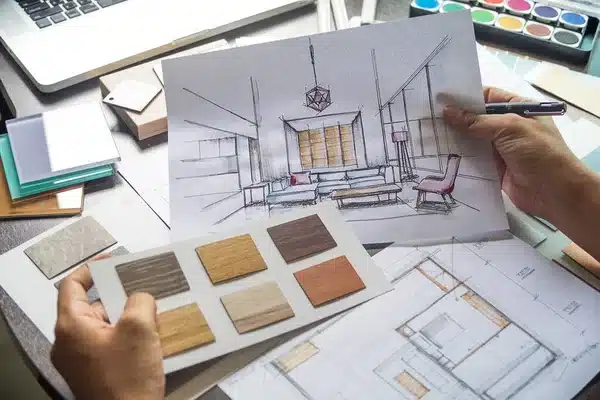
Strong communication skills are vital because interior designers work closely with clients, contractors, architects, and suppliers. They must be able to listen carefully to client needs, explain design ideas clearly, and negotiate effectively to manage expectations and resolve conflicts. Good interpersonal skills also help in building lasting client relationships and collaborating with other professionals.
Project management skills are another key area. Interior designers often juggle multiple projects simultaneously, so they need to organize tasks, manage budgets, and adhere to timelines. Attention to detail is essential to ensure that every aspect of the design—from furniture placement to lighting and finishes—is executed perfectly.
Problem-solving ability is crucial as well. Designers frequently encounter challenges such as spatial limitations, budget constraints, or unexpected construction issues. Being able to think creatively and adapt quickly helps them find practical solutions that maintain the integrity of the design.
Lastly, a strong understanding of trends and materials is important. Interior designers must stay updated on the latest developments in furniture, fabrics, lighting, and sustainable design practices to offer innovative and relevant solutions.
How Do You Become an Interior Designer?
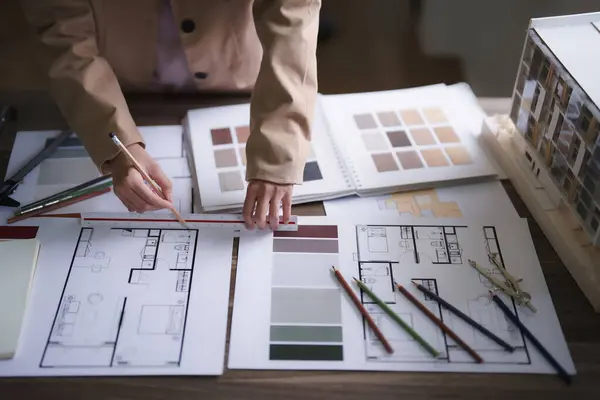
Becoming an interior designer requires a blend of creativity, technical expertise, communication, project management, and problem-solving skills. These combined abilities enable designers to transform spaces in ways that are both beautiful and functional.
Becoming an interior designer involves a combination of education, practical experience, and often certification or licensing, depending on the region. The path typically begins with formal education, followed by gaining hands-on experience and building a professional portfolio.
Education
Most interior designers start by earning a degree in interior design or a related field such as architecture or environmental design. Many colleges and universities offer associate’s, bachelor’s, and even master’s degree programs specifically in interior design.
These programs teach essential subjects like design principles, color theory, computer-aided design (CAD), space planning, and building codes. Coursework often includes studio work, where students create design projects to develop their skills.
Practical Experience
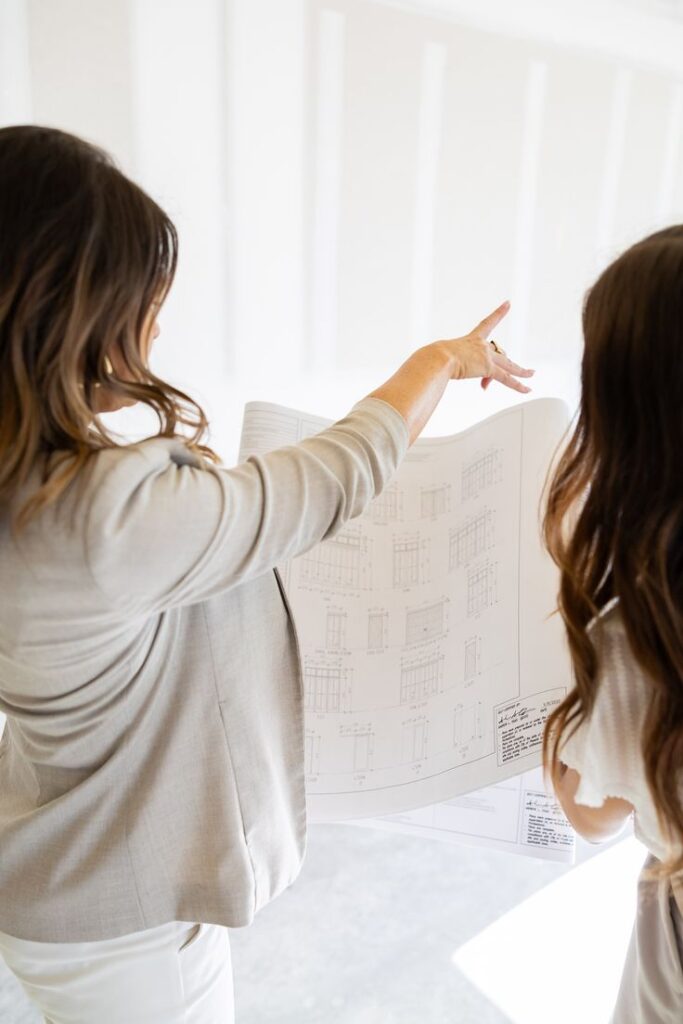
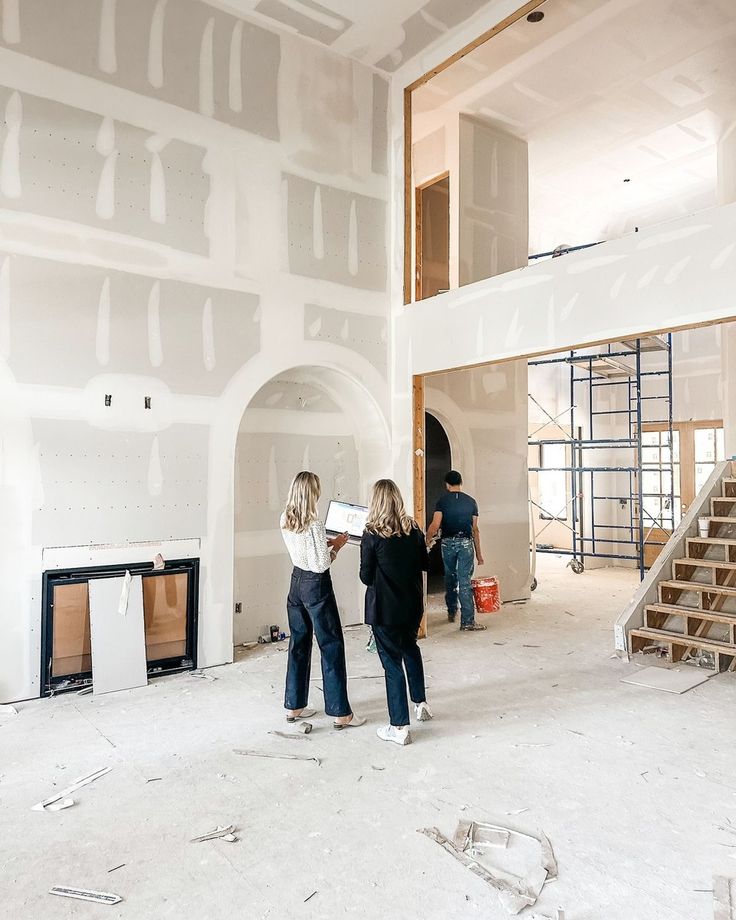
After or during their education, aspiring interior designers usually complete internships or entry-level positions in design firms. This hands-on experience is crucial for applying theoretical knowledge to real-world projects, understanding client needs, and learning how to work within budgets and timelines. It also helps in building a professional network and portfolio, which are vital for career advancement.
Certification and Licensing
Depending on the country or state, interior designers may need to obtain certification or a license to practice professionally. In the United States, for example, many states require passing the National Council for Interior Design Qualification (NCIDQ) exam, which tests knowledge of design, codes, construction standards, and professional ethics. Certification not only validates a designer’s expertise but also enhances credibility with clients and employers.
Specialization and Continuing Education
Interior designers often choose to specialize in areas such as residential, commercial, sustainable design, or healthcare environments. Continuing education is important to stay updated with the latest design trends, technologies, and regulations. Many professional organizations offer workshops, seminars, and courses to help designers maintain their skills and certifications.
Building a Portfolio and Reputation
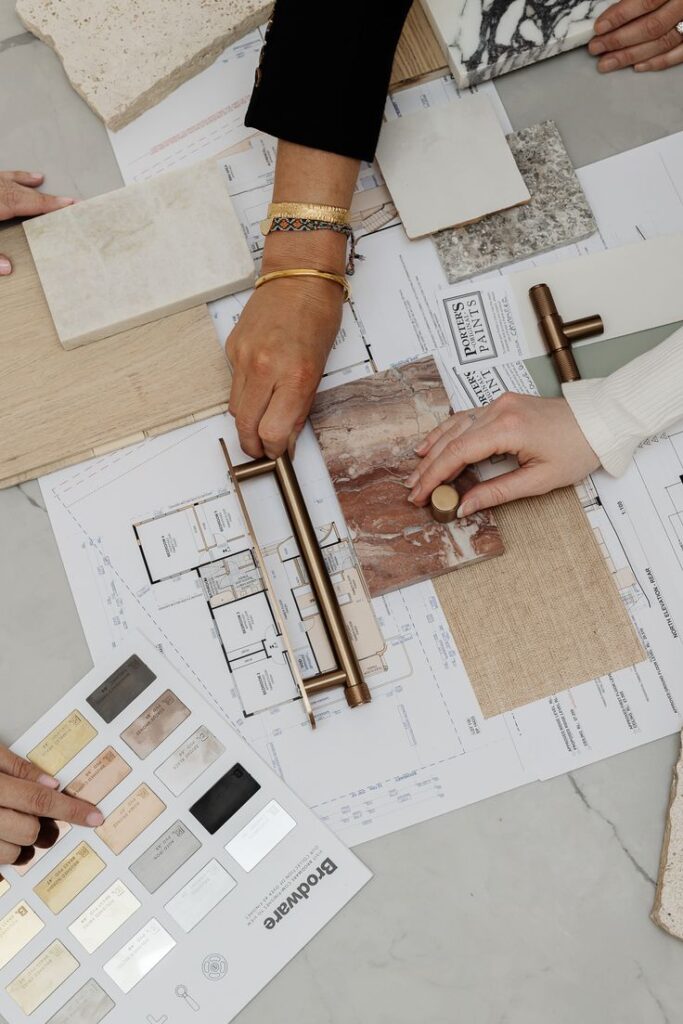

Successful interior designers continuously develop their portfolios, showcasing a variety of projects. A strong portfolio demonstrates creativity, technical skills, and versatility, which are essential for attracting clients and employers. Networking, marketing, and excellent client service also play a key role in building a solid reputation in the industry.
The Benefits of Being an Interior Designer
Being an interior designer is a truly rewarding and creative career. It offers the unique opportunity to transform ordinary spaces into beautiful, functional environments that positively impact people’s lives. Every project allows designers to express their creativity while solving practical challenges, making the work both inspiring and intellectually stimulating.
Interior designers get to collaborate with a variety of professionals and clients, which helps build strong relationships and develop excellent communication skills. The job also provides a sense of accomplishment when seeing a project come to life, from initial concept to finished space. Additionally, interior design offers diverse career paths, from residential and commercial design to specialized fields like sustainable or healthcare design.
For those passionate about art, architecture, and improving everyday living, interior design is a fulfilling profession that combines creativity, technical knowledge, and problem-solving, making it a great job for people who enjoy making a tangible difference in the world around them.
- 58shares
- Facebook0
- Pinterest58
- Twitter0



